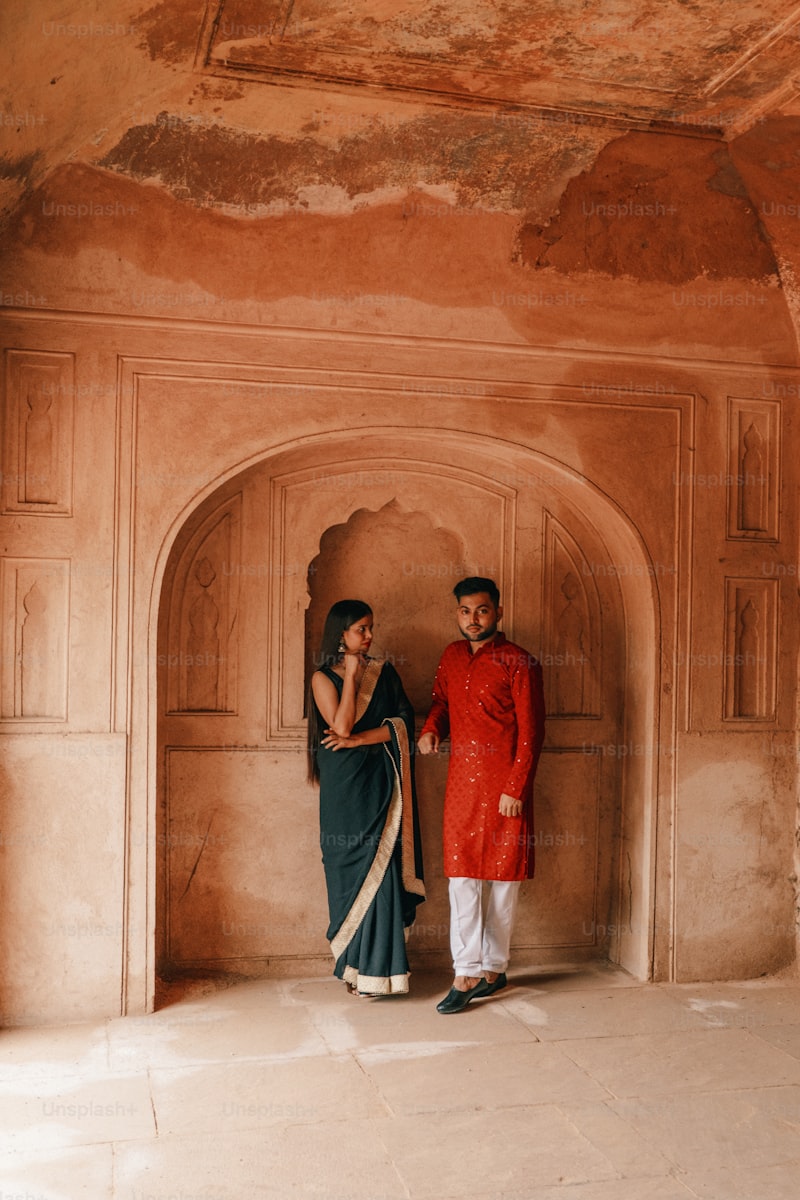Cultural Influences on Wedding Attire: A Global Perspective
Weddings are considered one of the most significant milestones in a person's life, with the attire often reflecting deep cultural roots and traditions. In various cultures around the world, wedding attire is not just about fashion; it is an embodiment of beliefs, history, and a celebration of life. In this article, we will explore the cultural influences on wedding attire across different countries and traditions, highlighting the rich tapestry of styles and meanings that come together on this special day.
Understanding Wedding Attire Across Cultures
Each culture possesses unique elements that influence the design, color, and style of wedding attire. These elements can vary by region, beliefs, and social customs. Below, we will discuss some of the most prominent cultural influences that shape wedding attire around the globe.
1. Traditional Influences
Traditions play a vital role in shaping wedding attire. Many cultures have specific garments associated with matrimonial ceremonies, often passed down through generations. In cultures where tradition is paramount, the attire often reflects historical styles. Below are some examples:
| Country | Traditional Attire | Significance |
| India | Sari for brides, Sherwani for grooms | Represents cultural heritage and family values |
| China | Qipao (Cheongsam) for brides, Tang suit for grooms | Symbolizes prosperity and happiness |
| Scotland | Kilt for grooms, traditional dress for brides | Reflects national pride and tradition |
2. Color Significance
Colors also carry significant meanings in wedding attire, often determined by cultural or regional norms. For example, while white is the color of choice in many Western weddings, it is traditionally avoided in various Eastern cultures where red signifies luck and fortune. Here’s a closer look at color symbolism in weddings:
| Color | Cultural Context | Meaning |
| White | Western cultures | Purity and new beginnings |
| Red | Chinese culture | Luck and happiness |
| Blue | Greek culture | Protection against evil |
3. Modern Adaptations
As globalization continues to influence cultural dynamics, modern wedding attire often melds traditional elements with contemporary fashion. Many couples choose to personalize their attire, combining styles from different cultures or incorporating modern trends to express their identity. For example, a bride might wear a traditional sari adorned with modern embellishments or a groom might choose a traditional tuxedo complemented by ethnic accessories.
How Social Media Shapes Wedding Attire
Social media platforms like Instagram and Pinterest have changed the way couples approach wedding planning, including their attire. Couples are now more exposed to a variety of styles and cultures, leading to diverse choices that blend various traditions. Trends like 'bohemian weddings' and 'destination weddings' showcase how cultural influences are merging in modern wedding attire.

4. Regional Variations
In various regions, local customs can greatly influence the choice of wedding attire. Each area may add its unique touch, reflecting local fabrics, crafts, and designs. For instance:
- Middle Eastern Weddings: In many Middle Eastern cultures, brides often wear intricate, heavily embroidered gowns with vibrant colors, reflecting the region's rich artistic traditions. Grooms typically wear a dishdasha or thobe, showcasing a sense of elegance.
- African Weddings: African cultures often showcase stunning patterns and vibrant colors in their wedding attire. Depending on the tribe, a bride may wear a colorful beaded gown that tells a story of her heritage, while grooms may choose traditional tunics with elaborate designs.
- Latin American Weddings: In Latin America, wedding dresses can vary significantly. Some couples incorporate elements of indigenous culture, while others may lean toward more contemporary designs that still pay homage to traditional roots.
5. The Role of Religion
Religion significantly shapes the attire worn during weddings. Different faiths have specific customs and attire associated with wedding ceremonies. For instance, in Hindu weddings, brides traditionally wear bright colored dresses, often in shades of red or gold, while Jewish weddings may feature a white gown with a veil. Understanding these religious influences is crucial for couples when planning their weddings.
6. Symbolism in Accessories
Accessories also play a crucial role in wedding attire, often carrying deep symbolic meanings. For example, a wedding veil can symbolize modesty and purity in many cultures. Certain Jewelry items, like the 'Mangalsutra' in Hindu weddings, symbolize the marital status of the woman. Here are other important accessories:
- Tiara or Crown: Signifying royalty or elevated status in both Western and other cultures.
- Groom's Accessories: Items like cufflinks or tie pins can represent family heritage or personal significance.
- Floral Arrangements: Different flowers have their meanings, and their presence in bridal bouquets varies culturally, symbolizing love, fertility, or new beginnings.
Conclusion: The Elegance of Cultural Diversity in Wedding Attire
Wedding attire is a powerful expression of cultural identity, reflecting tradition, beliefs, and the personal stories of couples. Whether through colors, styles, or symbolism in accessories, every detail in wedding attire contributes to a beautiful celebration of love that honors cultural heritage. As we continue to embrace globalization, the world of wedding attire will likely become even more diverse, blending traditional elements with modern interpretations.
Key Takeaways:
- Cultural influences deeply shape wedding attire, making it unique to each region.
- Color choices carry significant meanings in different cultures, influencing the overall wedding theme.
- Modern adaptations allow couples to express their identities, often combining histories and traditions.
As couples embark on their wedding journey, understanding the cultural nuances of wedding attire can enhance the significance of their attire choices, making their special day more meaningful. Embrace the rich diversity of cultures around the world as you plan for one of life's most beautiful celebrations.